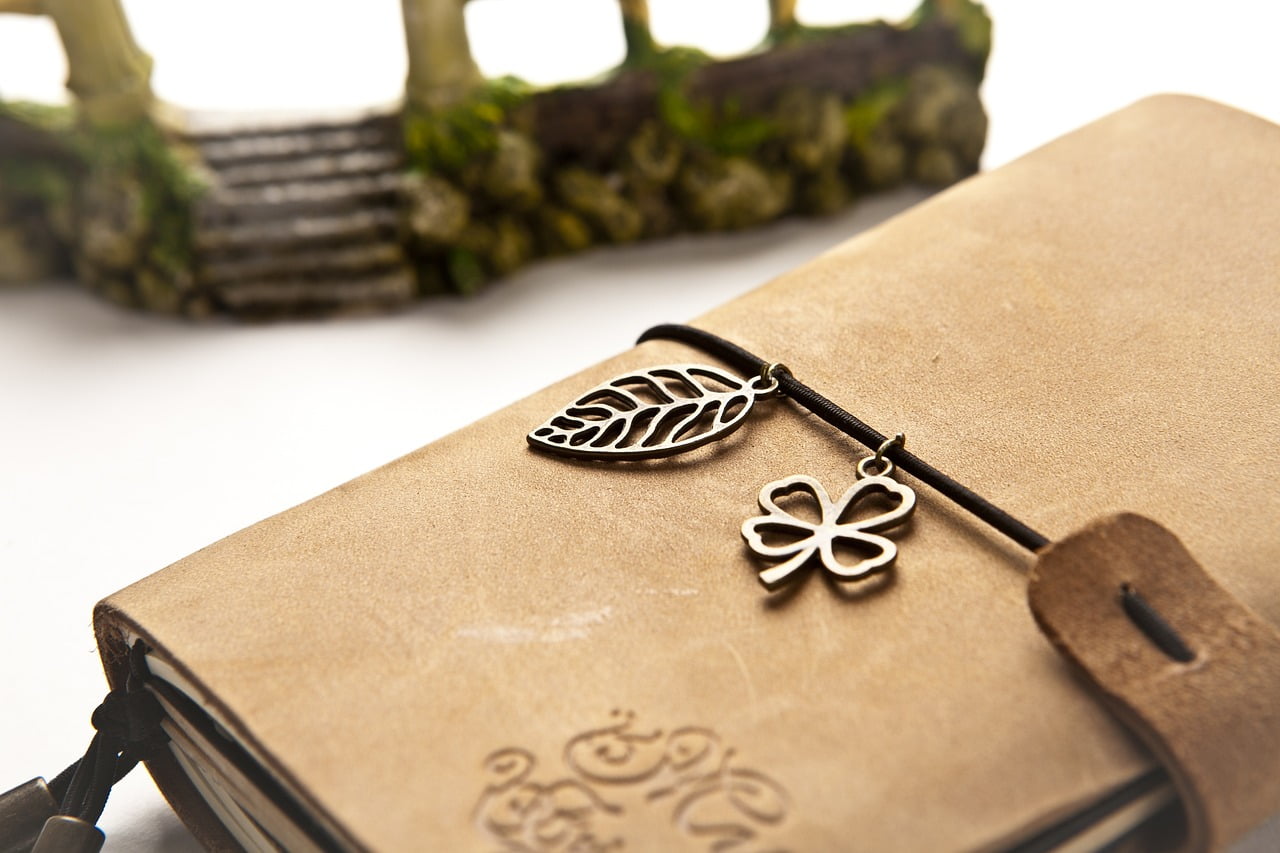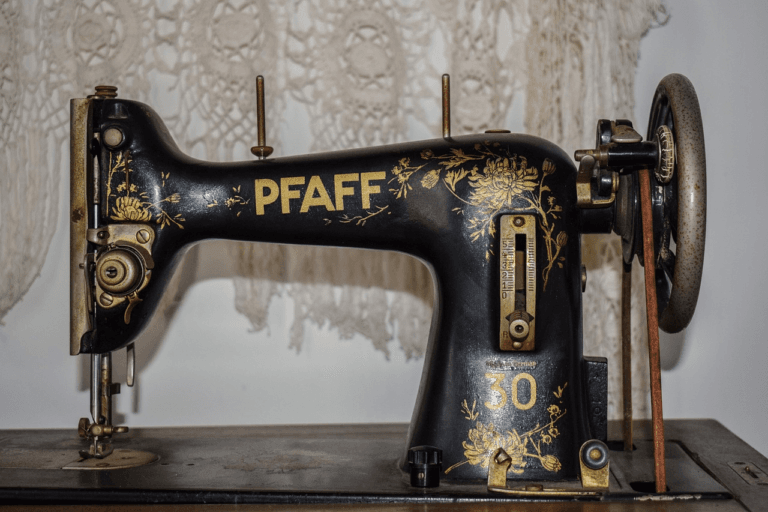Advanced Techniques in Junk Journaling
Taking Your Journaling Craft to New Heights
Junk journaling has become more than just a hobby to me—it’s a voyage into the depths of creativity and personal expression. Over time, I’ve found that diving into more advanced techniques not only challenges my skills but also brings a new level of joy and satisfaction to my work. In this article, I’m thrilled to share some of the advanced techniques that I’ve not only practiced but have come to love. From the artistry of binding to the alchemy of aging paper, and the clever engineering behind pockets and hidden compartments, these methods are perfect for those ready to push their junk journaling into new realms of possibility.

Binding Your Own Journals
1. Coptic Stitch Binding: Learning the coptic stitch was a game-changer for me. This binding technique not only creates a visually stunning spine but also allows your journal to lay completely flat—a feature I adore for ease of use. The process of sewing the signatures directly to the cover is meditative, and the exposed spine becomes a part of the journal’s charm.
2. Japanese Stab Binding: This technique offers a simpler approach to hand-binding and was one of the first I mastered. It involves sewing through an entire stack of pages along the spine. The beauty of Japanese stab binding lies in its versatility—the patterns and thread colors you choose can transform the look entirely.
Aging Paper for an Antique Look
3. Tea and Coffee Staining: There’s something magical about transforming bright, crisp pages into time-worn artifacts. My kitchen has seen more than its fair share of tea and coffee-stained papers drying on racks, each piece a testament to the simple beauty of aging paper.

Creating Pockets and Hidden Compartments
5. Envelope Pockets: The day I started repurposing old envelopes into pockets was the day my journals became more than just books—they became treasure chests. Decorating these pockets to match the theme of the journal turns them into delightful surprises for the reader (and me).
6. Secret Belts: Crafting secret compartments within my journals always feels like I’m weaving a bit of mystery into each page. These hidden spaces are perfect for tucking away thoughts meant for future reflection.
Incorporating Fabrics and Textiles
7. Fabric Covering: Wrapping my journal covers in fabric not only protects them but also gives them a luxurious feel. Each piece of vintage fabric I select tells a story before I even open the journal.
8. Sewing Pages: Adding fabric directly onto the pages introduced me to the joy of mixing media. The texture and depth fabric brings to my work adds a layer of complexity and warmth that paper alone cannot achieve.

Complex Layering Techniques
9. Transparent Layers: Playing with transparency in my journals allows me to create depth and intrigue. Layering vellum or tracing paper over images or text creates a delicate interplay of hidden and revealed elements that I find endlessly fascinating.
10. Collage with Dimension: Elevating my collages into three-dimensional artworks has been a fulfilling challenge. Incorporating raised elements alongside traditional flat ones invites the viewer to explore my pages not just with their eyes but with their hands.
Embracing these advanced techniques has been a pivotal part of my junk journaling journey, pushing me to explore new artistic horizons and deepen my connection to my work. I hope sharing these methods inspires you to experiment with new techniques in your own junk journals, challenging you to create with even greater depth, authenticity, and personal expression. Remember, the beauty of junk journaling lies in the endless possibilities it offers to capture and treasure the fleeting moments of life.







